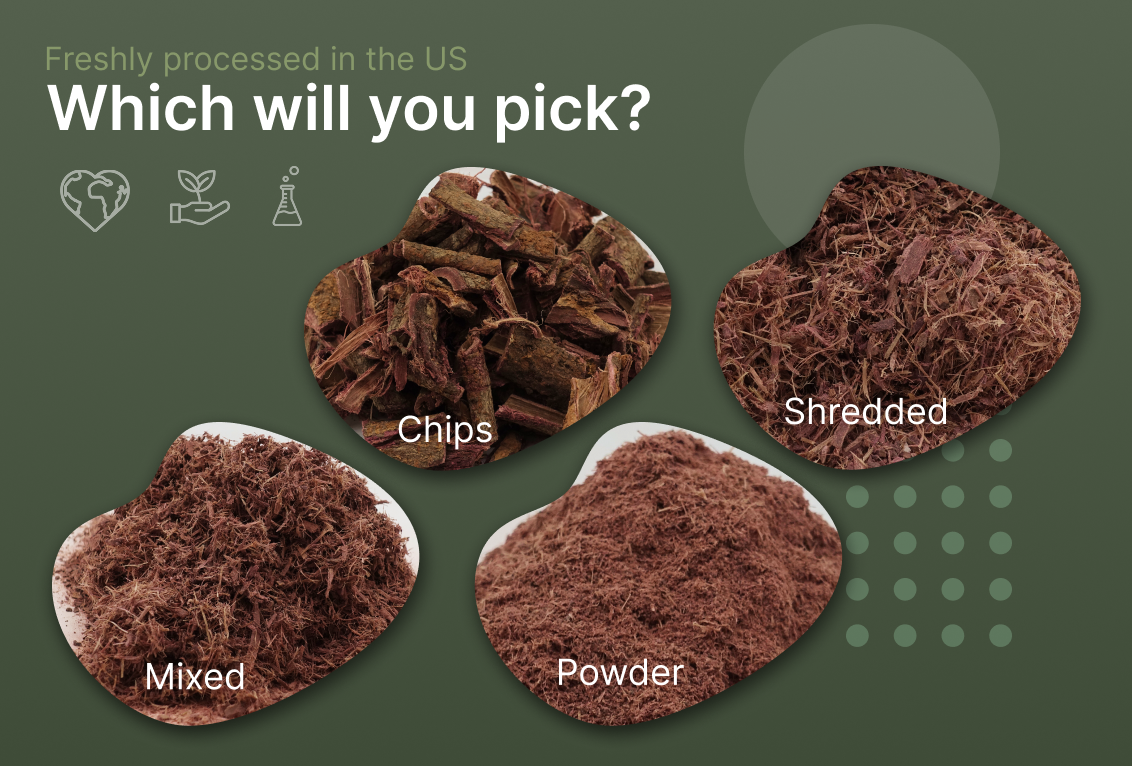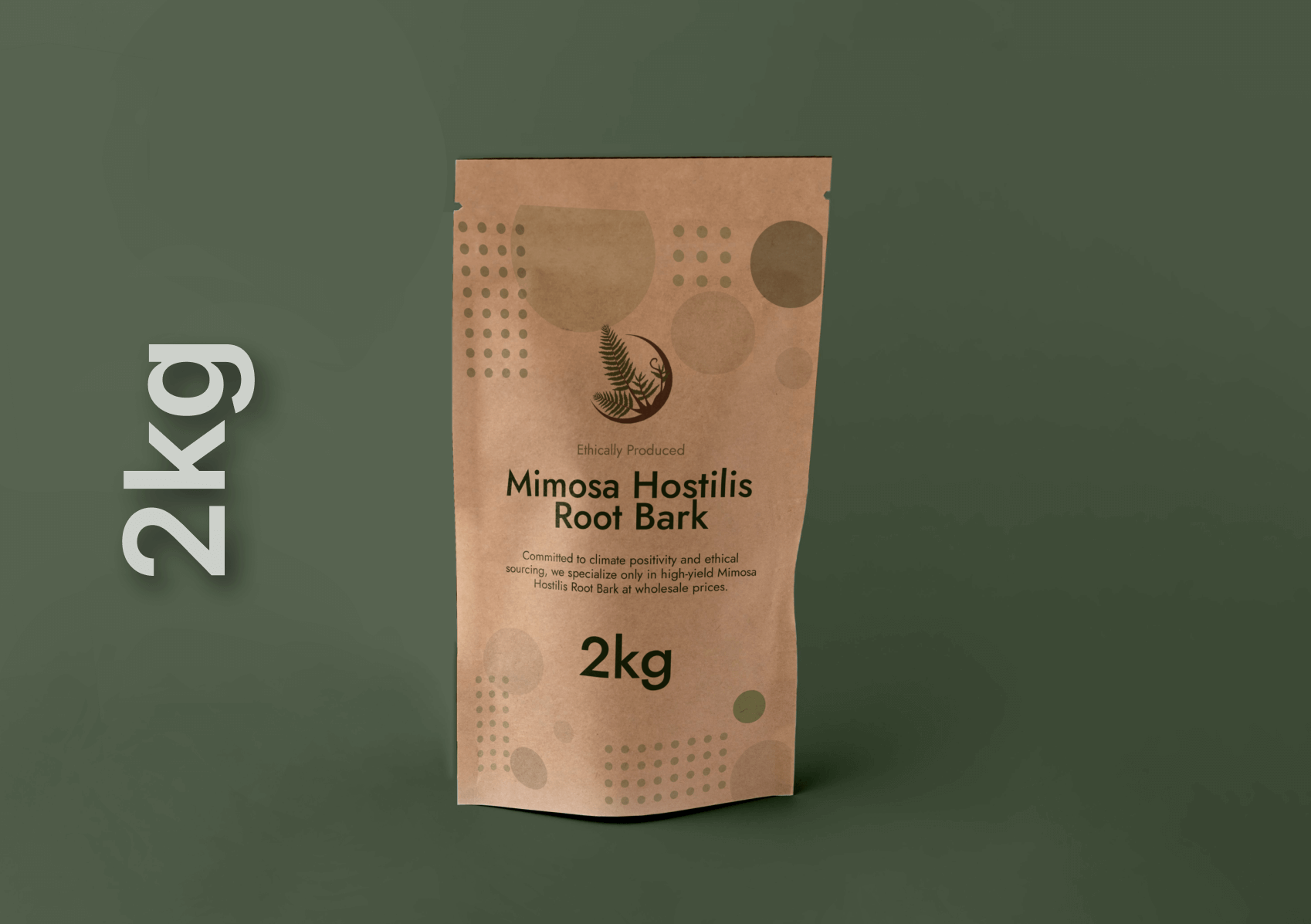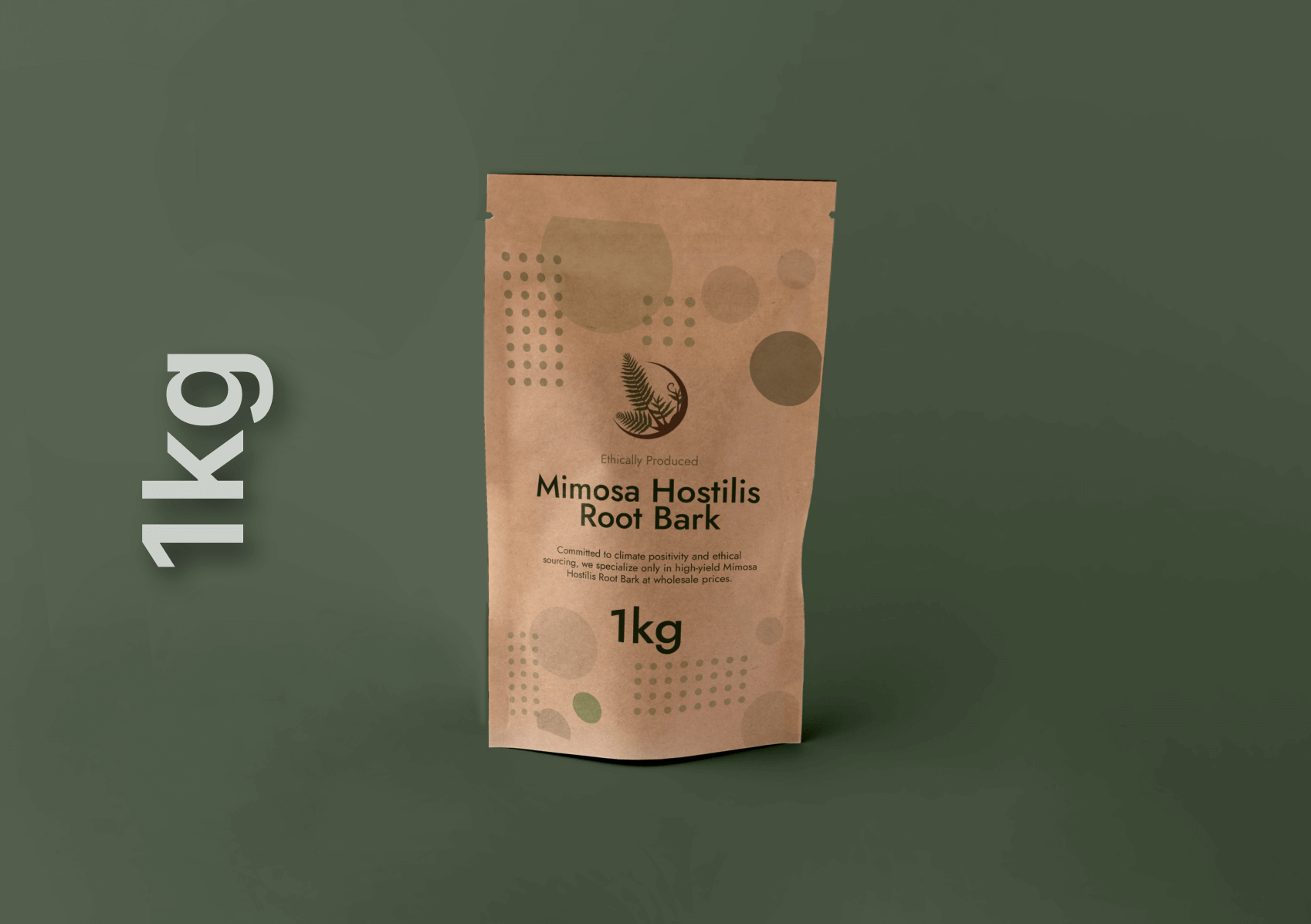Mimosa bark, derived from the root of Mimosa hostilis, has gained international recognition for its versatile applications in natural dyeing, traditional medicine, and artisanal crafts. Harvesting this bark consistently and ethically demands a careful balance between utilization and the preservation of wild populations. Sustainable harvesting practices ensure that growth cycles remain intact, ecosystems stay healthy, and local communities benefit responsibly from this valuable resource.
Understanding the Ecology of Mimosa Hostilis
Habitat and Growth Characteristics
Mimosa hostilis thrives in semi-arid to arid regions of northeastern Brazil and parts of Mexico. The plant favors sandy or well-drained soils, often colonizing areas with sparse vegetation. Understanding its growth pattern is crucial: the root system extends deeply, supporting the tree’s resilience to drought and enabling the bark to regenerate after partial removal.
Life Cycle and Regeneration Potential
Mimosa trees typically reach maturity in three to five years. When managed properly, the bark regenerates within 24 to 36 months. Harvesters must respect this timeline to avoid deforestation or permanent damage. Recognizing young saplings versus mature specimens allows collectors to select appropriate trees and regions for sustainable operations.
Key Principles of Sustainable Harvesting
Selective Harvesting Techniques
Selective harvesting involves removing bark only from mature trees and only from portions of the trunk or large branches. Harvesters mark trees that have been stripped and leave them intact until full regeneration. This method prevents over harvesting, reduces tree mortality, and maintains the genetic diversity of the population.
Rotation of Harvest Sites
Rotating collection zones every few years prevents repeated stress on a single area. By mapping harvesting plots and implementing a multi-year cycle—often a minimum of three years—communities ensure that bark regrowth can occur naturally before the next harvest.
Minimal Impact Extraction
Harvesters use specialized tools, such as curved knives or bark spuds, to make precise incisions that minimize damage. These tools allow for the removal of only the outer bark layers, preserving the cambium layer, which is essential for the tree’s nutrient transport and healing.
Community Involvement and Traditional Knowledge
Role of Indigenous Practices
Local and indigenous communities have long-standing knowledge of mimosa harvesting. Incorporating traditional methods—such as timing the harvest during the plant’s dormant season to reduce sap loss—enhances sustainability. Engaging elders and experienced harvesters ensures that age-old wisdom guides modern practices.
Fair Trade and Benefit Sharing
Sustainable harvesting projects often establish cooperative models, where profits from mimosa bark sales are shared equitably among community members. This framework fosters local stewardship, incentivizes the conservation of natural resources, and supports livelihoods.
Regulatory Frameworks and Certification
International Standards and Certifications
Certifications such as FairWild and Forest Stewardship Council (FSC) provide frameworks for ethical wild-harvested products. These labels verify that mimosa bark has been collected in compliance with environmental, social, and legal standards. Producers seeking global markets often pursue these certifications to demonstrate traceability and responsible sourcing.
National and Regional Legislation
In Brazil and Mexico, harvesting Mimosa hostilis requires compliance with national environmental laws. Permits often dictate allowable harvest areas, quotas, and documentation procedures. Adhering to these regulations preserves biodiversity and ensures legal trade channels.
Processing and Post-Harvest Handling
Drying and Storage Best Practices
After collection, mimosa bark must be dried promptly to prevent fungal growth and nutrient loss. Harvesters spread the bark in thin layers on raised mesh racks, under shaded, well-ventilated shelters. Proper curing stabilizes the bark’s chemical constituents, such as tannins and pigments, essential for dyeing and medicinal uses.
Quality Grading and Packaging
Quality assessment involves inspecting bark thickness, color, and absence of contaminants. Graded bark is then packaged in breathable sacks or boxes with moisture-absorbing liners. Maintaining dryness and preventing prolonged exposure to sunlight preserves potency and colorfastness.
Environmental and Social Benefits of Sustainable Practices
Biodiversity Conservation
By implementing rotational harvesting and selective removal, ecosystems retain their structural integrity. Flora and fauna coexisting with Mimosa hostilis benefit from stable habitats, promoting overall biodiversity and ecological resilience.
Economic Empowerment
Sustainable harvesting initiatives provide long-term income streams for rural communities. Training programs on best practices and business management empower locals to move beyond subsistence gathering, fostering community-led enterprises that reinvest in environmental conservation.
Challenges and Mitigation Strategies
Overharvesting Pressures
High international demand can drive unsustainable practices. Mitigation involves strict enforcement of harvesting quotas, monitoring collection sites via GPS tracking, and encouraging buyers to support only ethically certified bark.
Climate Change Impacts
Altered rainfall patterns and rising temperatures may stress mimosa populations. Adaptive measures include selecting more resilient harvest zones, reseeding projects to bolster sapling growth, and water conservation strategies in the field.
Conclusion and Future Outlook
Sustainable wild harvesting of mimosa bark hinges on integrating ecological knowledge, community engagement, and rigorous regulatory compliance. As global interest in natural dyes and traditional remedies grows, adopting best practices will ensure that Mimosa hostilis remains a renewable resource. Continued research, certification uptake, and investment in local capacity building will strengthen both environmental stewardship and socio-economic development.
FAQ’s
What is the ideal time of year to harvest mimosa bark sustainably?
The best time to harvest mimosa bark is during the plant’s dormant season—typically in the dry months when sap flow is minimal. This reduces stress on the tree and promotes faster healing and bark regeneration.
How long does it take for a mimosa tree’s bark to fully regenerate?
Under optimal conditions, the outer bark of Mimosa hostilis regenerates within 24 to 36 months. Factors like rainfall, soil health, and proper wound care (avoiding deep cuts) can influence this timeline.
Can I harvest bark from young mimosa trees?
No. Sustainable practices dictate only removing bark from mature trees—generally those at least three to five years old. Harvesting from saplings or young trees can impair growth or even kill the plant.
How do I ensure I’m not over harvesting in one area?
Implement a rotation system: divide your harvest zone into plots and record which areas are harvested each year. Wait at least three years before returning to a plot to allow full bark recovery and maintain ecosystem balance.
Are there specific tools recommended for minimal-impact harvesting?
Yes. Curved harvesting knives or bark spuds that strip only the outer bark layer help preserve the cambium. Avoid machetes or hatchets, which cut too deeply and can harm the tree’s health.
What are the environmental benefits of sustainable mimosa bark harvesting?
When done correctly, selective and rotational harvesting preserves wildlife habitats, maintains plant diversity, reduces soil erosion, and supports the overall resilience of semi-arid ecosystems.
How does community involvement improve sustainability?
Incorporating local and indigenous knowledge ensures traditional harvesting timing and methods are honored. Fair-trade cooperatives reinvest profits into community projects, incentivizing long-term stewardship of the resource.
Can sustainable harvesting coexist with commercial demand?
Absolutely. By adhering to quotas, rotating harvest sites, and securing certifications, producers can meet global demand without compromising wild populations or ecosystem health.
What should I do if I notice over harvested or damaged trees?
Report your observations to the relevant forestry or environmental authority, pause harvesting in that area, and collaborate with local stakeholders to rehabilitate the site and adjust your harvesting plan accordingly.




